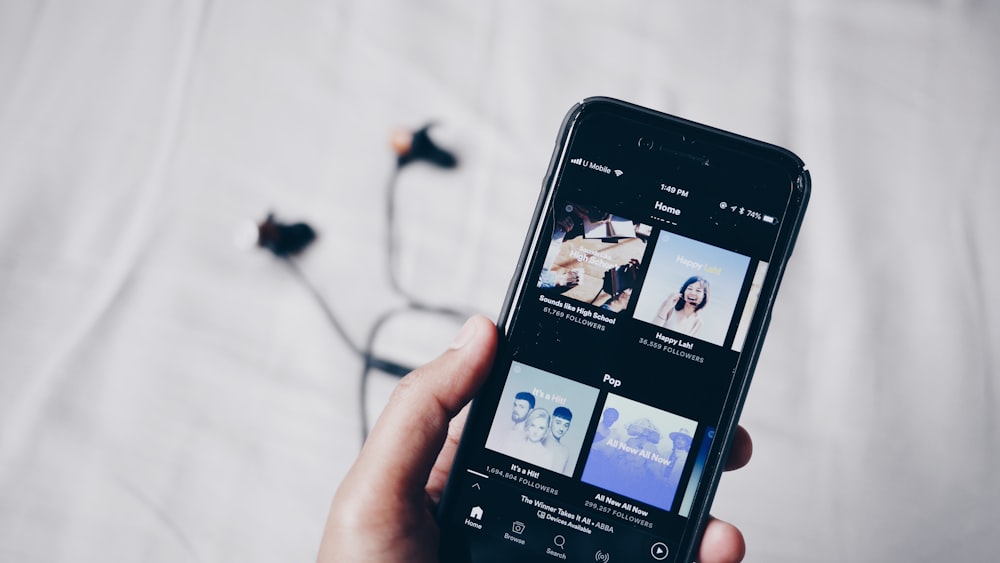The Hybrid Touch: The Power Of Personalization At Scale During Onboarding
If you think personalization means basic merge tokens – “Hi <<first-name>>! We can’t wait to see you on <<start-date>>! – you’re missing a major trick. (Think of the last spam mail you got – did <<first-name>> stop you clicking ‘trash’ the second you saw it?!)
Personalization isn’t about giving the superficial impression there’s a human hiding somewhere behind your automation. It’s about creating truly unique, personal experiences at scale.
Let’s talk about why that matters and what it looks like during onboarding. (Hint: it’s way easier than you probably think…)
What is personalization and why does it matter?
Personalization means treating your people like the multi-faceted, unique individuals they are – which makes them feel valued as individuals. Which ladders into engagement (and then retention, productivity, and revenue).
Personalization is the “human touch”, sure – but it’s also intrinsically tied to the idea of technology. After all, we didn’t need a term for personalization when all our experiences were messy, in-person experiences: they were personal by default.
It’s only when we started harnessing technology to allow consistent delivery at scale, we realized the “technology touch” needed something to counterbalance it. Or else consistency started feeling impersonal – and nobody likes feeling like a number.
So, personalization is really about what we can do – with or alongside our technology – to make experiences-at-scale feel individual.
A common misconception: personalization is best from people
Personalization is often seen as a scale, from the aforementioned mail merge tags towards one-to-one in-person experiences. But that hides a false assumption – that personalization is always a trade-off with scale and that the most personal, best experiences are always human ones.
The truth is, as tech and AI evolves, technology can often deliver way better experiences than humans could alone.
Think of Amazon surfacing product recommendations from across the entire Amazon catalogue. A customer service rep simply couldn’t do the same.
Or the way Spotify creates daily personalized playlists based on your listening history. Sure – it doesn’t quite capture the same feel of, say, your friend recommending a band or a boyfriend/girlfriend making you a playlist (wooo, nostalgia). But it’s actually way better at exposing you to new music you’re probably going to like.

Technology can take fact-based actions based on ingesting historical data at speed and scale. Humans take assumption-based actions based on whatever time- and attention- limited data they’ve noticed.
Personalization isn’t just about the human touch, then. It’s about the hybrid touch, harnessing the power of technology designed around and for humans, to deliver these awesome individual experiences.
Let’s talk about how that applies to onboarding.
What does personalization during onboarding look like?

We’re lucky enough to work with some of the coolest, most people-first organizations in the world, so it’s fair to say we’ve seen our share of fantastic outside-the-box personalization ideas.
For example, Jenn from Shopify spoke to us about their postcard program, which sees every new starter get a handwritten, hand-decorated welcome postcard. It’s been a hugely powerful part of their onboarding, especially remotely.
Read more: 8-step virtual onboarding checklist from Amazon HR Business Partner, Kate Pavlina
But it would be a mistake to think all personalization demands manual effort (especially if that assumption stops you making progress).
Great personalization often means getting the small things right – using the right tech to build flexible onboarding journeys, collect preferences, and automate delivery of the right things at the right times for each individual hire.
For example:
- Tailoring learning paths around discipline and seniority
- Tailoring communication schedules around time-zones
- Tailoring communication platforms around preferences
- Tailoring communication frequency around preferences
- Tailoring content recommendations around preferences
Talking about tailoring communication around preferences…Enboarder now integrates with WeChat, giving you another platform to suit your people’s needs.
By automating the personalization essentials, you then create space for human-led, tech-empowered personalization that adds even more value.
For example…
- Automating pre-hire questionnaires to ask new hires about their management preferences then supporting managers to have proactive conversations that better aid productivity.
- Automating recommendations for employee resource or social groups based on new hires’ preferences then making personal introductions to people within or leading those groups.
- Automating tailored feedback questionnaires to surface possible issues or address potential known issues, then getting feedback to the right people to empower action to improve.
- Automating nudges for managers to complete tasks exactly when they need doing, triggered by multi-level personalization logic (that’s pulled from your HRIS and other systems, without manual intervention).
The point is, true personalization means creating better experiences that deliver the right message at the right time in the right way for each individual (whether that’s new hires, existing employees, managers or HR). That’s when the hybrid touch becomes most powerful.
Effortless personalization at scale is basically why Enboarder exist – just sayin’. Creating individual, empathetic, AWESOME experiences across your workforce – nobody falling through the cracks – is the key to driving unbelievable engagement.
